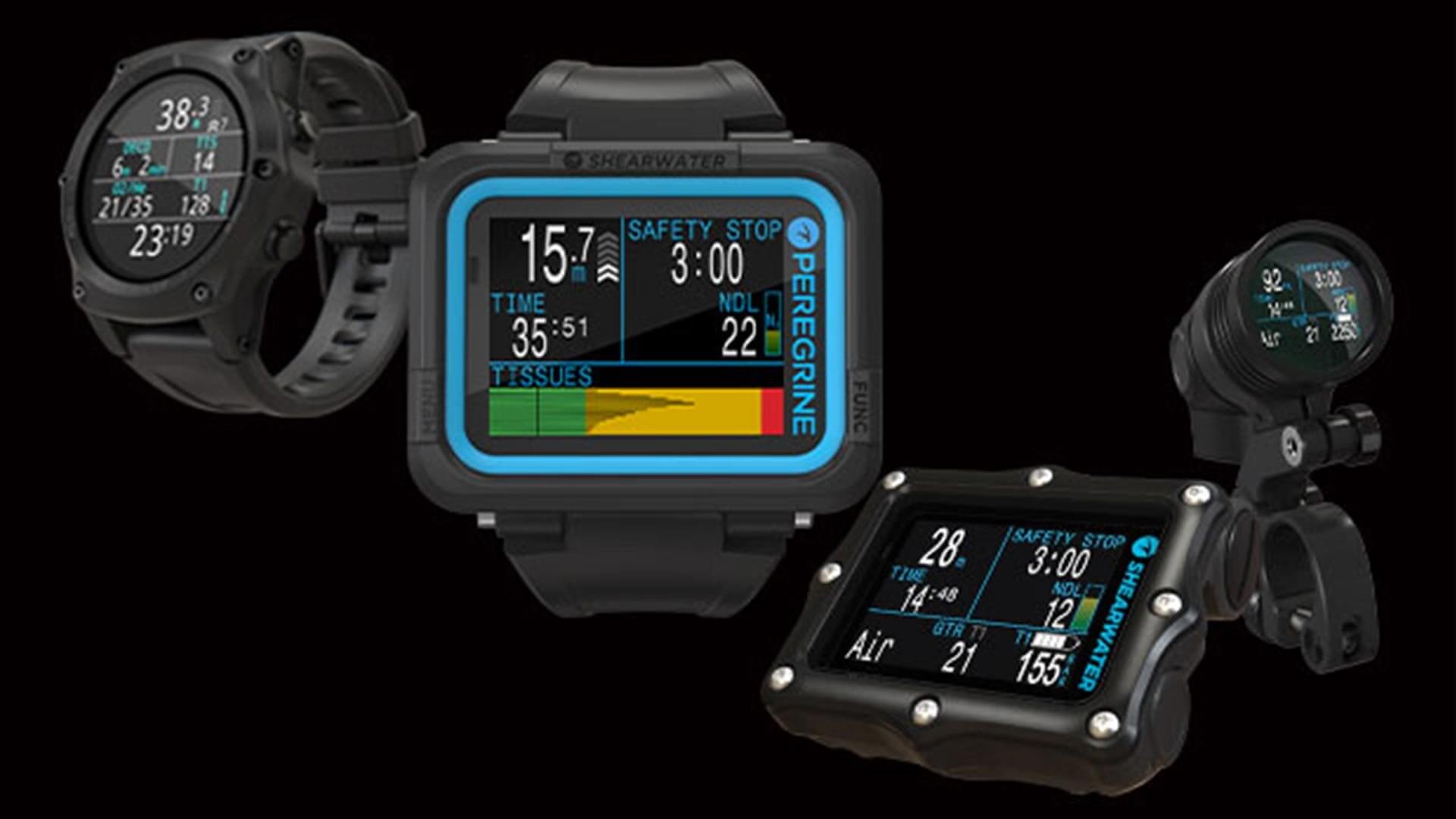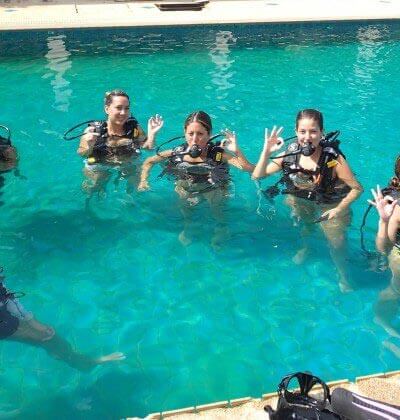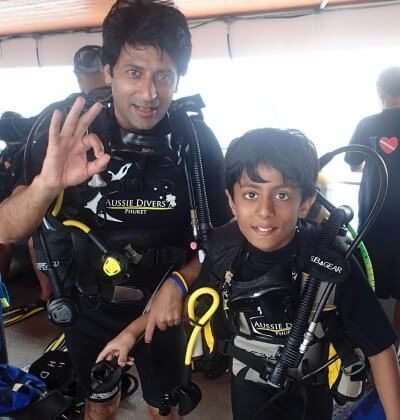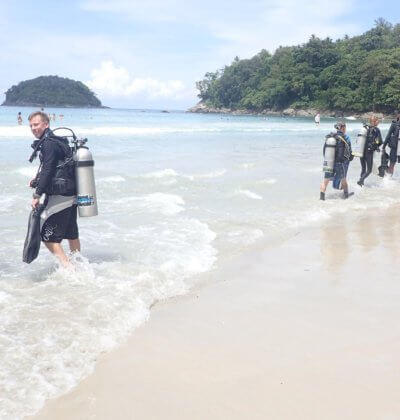How to buy a Dive Computer
There are plenty of different dive computer on the market. It can be a daunting task and an expensive one. Here is a blog on how to buy a dive computer and hopefully these few tips will make your purchase a successful one.
During this article we are assuming you are relatively new at purchasing a dive computer and a recreational scuba diver. If you are plan a life as a tech diver with mixed gases or rebreathers it is always good to talk to the instructors that specialize in that field.
What will be using your dive computer for?
Yes, that is an obvious question and of course the answer will be for scuba diving.
One of the really cool and obvious feature of a dive computer is the obviously they are waterproof. Dive computer come in two distinct types.
The first is a “dive computer only” version. These versions are often bulky and their sole use is a “dive computer. They tend to be bulkier but have bigger screens and easier to read. The down side is they can only be used for scuba diving and that limits their use.
Dive computer also now come in watch versions which can be worn on a daily basis. Because of their waterproof feature they can also be worn during any activity where they are likely to get wet such as swimming, snow skiing, surfing and the like. These styles tend to give you a lot better value for money.
Some dive computers come with lots of different features. Most of these are targeted towards technical divers and rebreather divers. If you are a recreational diver and have no intention of doing technical dives then a lot of these features will be wasted.
Contact Aussie Divers and get 15% off you next dive computer
Entry Level Dive Computers?
Most dive computer manufactures have a beginners or entry level dive computers. These are often simple to use and have limited features. Often these features are more than enough for a recreational scuba diver.
They still run the same software as the more sophisticated computer and are no less safe to use. Probably the most famous of these is the Suunto Zoop and these are a great beginner computer and are often used as rental computers and divers from PADI Open Water level all the way to instructor level.
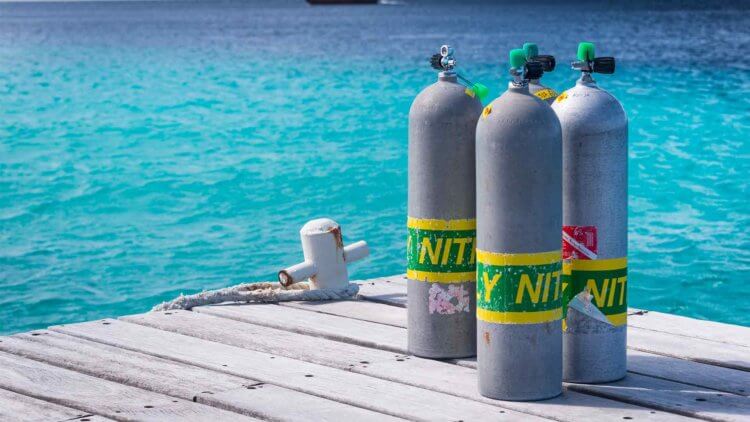
PADI Enriched Air Course Aussie Divers Phuket
Nitrox / Enriched Air Feature
If you are serious enough to buy a dive computer , if you haven’t already done so, you will be most likely do a PADI Nitrox or Enriched Air Nitrox course in the future. It is a feature that you definitely want on a dive computer.
Virtually all dive computers have the ability to change to Nitrox but check to make sure. Further, make sure that it is a relatively easy process to change the settings.
Those computers designed for the recreation diver may only have the ability to go to 40% Nitrox. Some technical models will go all the way to 100%. This may be important if you are are planning to become a serios technical diver.
What is an Algorithm
Your dive computer algorithm is the mathematical formula a dive computer uses that factors in real-time measurements of depth, gas mix, time at depth. These are used to calculate how long you can stay underwater ion the hope that you won’t get decompression sickness.
The most common algorithm is the RGBM which stands for Reduced Gradient Bubble Model and is used in the most popular dive computers of Suunto, Mares and Cressi.
This is a very conservative algorithm and is perfect for entry level divers. Unless you are doing technical diving this will suit you.
Technical divers sometimes have their preference to and algorithm supporting dive computer and that will change depending on the type of technical diving you do. Some dive computers for allow you to switch between different algorithms such as the Shearwater Teric.
Contact Aussie Divers and get 15% off you next dive computer
What are the different dive modes?
All dive computers have different dive modes. The most basic will have three and some of the professional models up to ten. Here are some of the most basic you will see.
Air:
Is what you will use for normal air recreational scuba diving.
EANx or Nitrox:
The mode you will use diving on Nitrox/Enriched Air
Gauge:
Gauge mode will purely display time and depth. It will not calculate no -decompression limit. Please be aware that this will lock you out of Air/Nitrox mode for an extended period.
Freediving:
This is a relatively new mode. This mode is designed for freedivers (no tank breath-hold diving). Not all dive computer have this option so if you believe you will be free diving as well as scuba diving then you will need to find a computer that does both. This mode will also lock you out of scuba diving for an extended period.
Different Tech Modes:
There are a whole of different tech specific features. Again, it is best to talk to your tech instructor in relation to what features are best for your chosen course or activity.
Features to consider
Inbuilt Compass:
Some of the higher end dive computer have built in compasses. Some computers will allow you to see direction whilst using the computer, others take you to a compass only mode. Personally I prefer using a separate compass. My logic is that if I am paying $1,000 for a dive computer, that is what I would like to use. I would rather pay $50 to have a separate compass (next to my dive computer) so I can use both at the same time. Further, I find the magnetic compasses more reliable and easier to use.
Air Integration:
Another feature is air integration. This will allow you to pair your device to a wireless transmitter (pod) on the high pressure port of your regulator’s first stage. The computer will then display how much air you have in your tank during the dive. You will however still need to use a traditional air gauge during your dives though, just in case the transmitter fails. You will have the added cost of the transmitter and a first stage regulator with two high pressure ports. If you don’t own you own regulator and you are using rental regulators, most will not have that second high pressure port. Although a nice feature, most experienced divers still like to rely on the traditional pressure gauge.
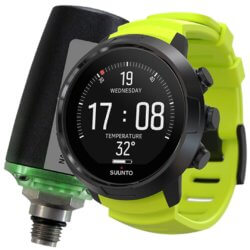
Suunto D5 and Transmitter
Bluetooth:
A relatively new feature and a popular one. Some dive computer now allow you to pair the device with your smart phone. This could be as simple as logging the dives or as elaborate as having GPS locate the dive site and can log all the details of the dive to the actually dive site. This creates a digital log book which is a nice feature.
Battery Options
There are now two batter types. Traditional batteries and rechargeable batteries. The rechargeable versions will take over eventually. Of the traditional batteries, certain models allow you to change the battery yourself, while others require you take it to a licensed service center.
If you prefer to change the battery yourself, choose a model that allows you to do so. Be aware though, making an error means you may void your warranty.
Rechargeable batteries are a good option. They do however mostly require charging after a full day’s diving. Further, these tend to be for the higher end computers as not many entry-level computers have rechargeable batteries.
What Brand to Buy?
Brand shouldn’t normally matter as all are built to high standard. However, if you will be travelling there is one thing that you should consider and that is the popularity of the brand and the computer. An example is Suunto, at one stage Suunto had 70% of the world dive computer market and almost 90% of our Thai market. This meant that most dive centres sold them and more importantly most dive centres carried spare parts like batteries and strap replacements. Scubapro makes good scuba diving equipment and good dive computers however their dive computers are not very popular, hence it is difficult to get spare parts around the world, especially remote dive destinations.
As popular a dive destination as Phuket or Thailand is, we have on several occasions had divers arrive for expensive liveaboards looking for spare parts for the computer only to find they are not available in Phuket or Thailand. This could be avoided by maintaining and preparing you equipment before departure however Murphy’s law has the issues occurring at the most inopportune times.
Suunto, Shearwater, Aqualung and Cressi tend to have the most outlets worldwide and therefor less worrisome is an issue was to occur.
Knowing on how to buy a dive computer will make you choice an easier one and get the right computer to suit your needs.
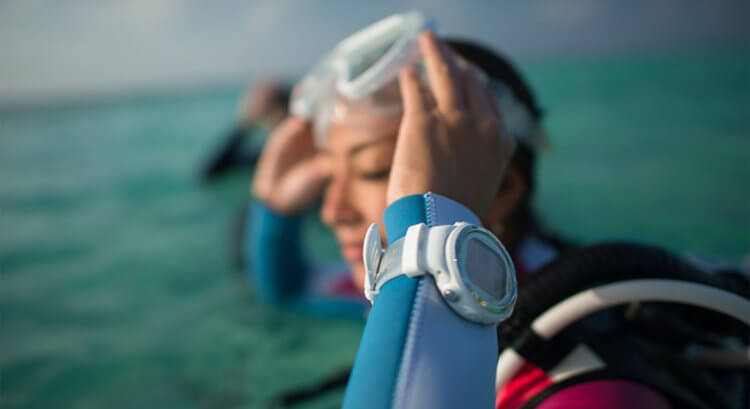
Suunto D4i Action Dive Computer Aussie Divers
Contact Aussie Divers and get 15% off you next dive computer
Posted in Helpful Diving Info on .

